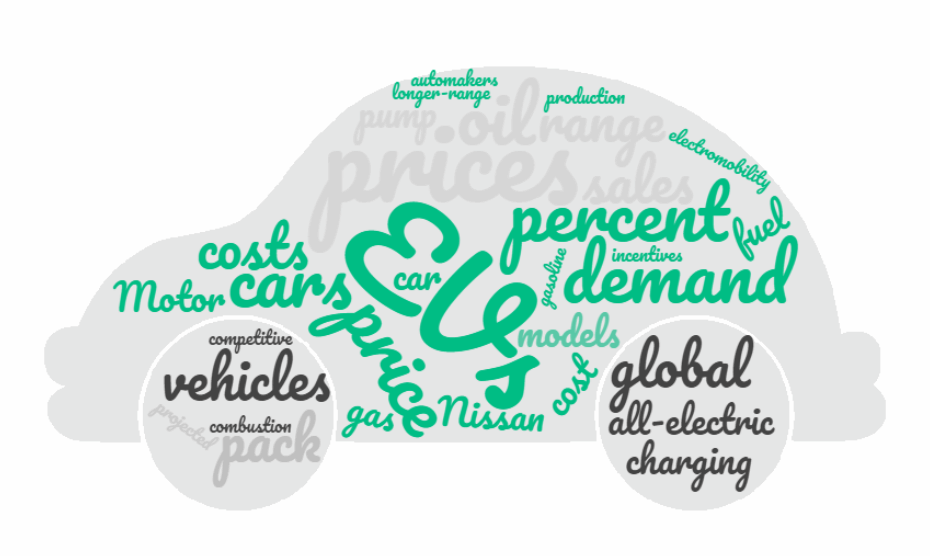Merger Mania: The World’s Largest Oil Company And Petrochemical Company Merge
In the following article from OilPrice.com we see a major merger in the works to expand Saudi Aramco from just energy into chemical products. In previous articles we’ve discussed the possibility that Saudi Arabia is looking for alternative revenue streams as the world shifts toward renewable energy.
Merger Mania: The World’s Largest Oil Company And Petrochemical Company Merge Read More »










